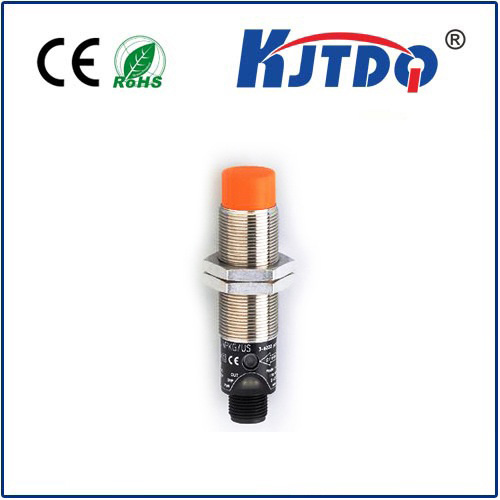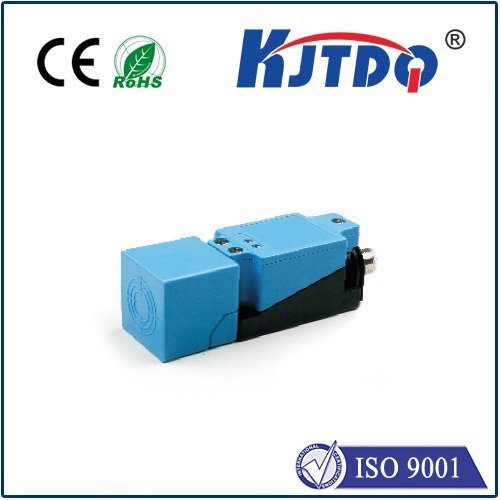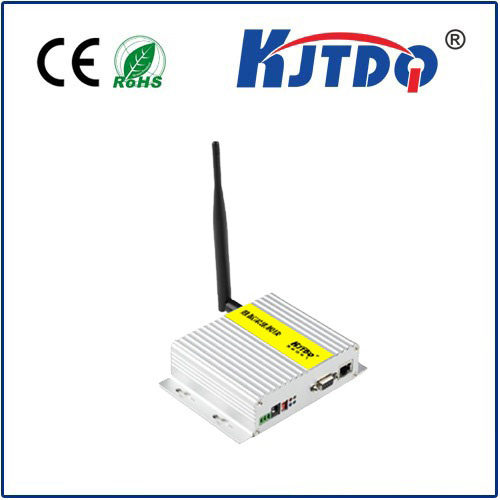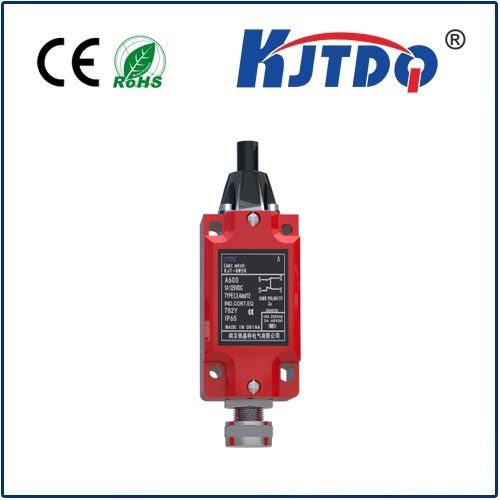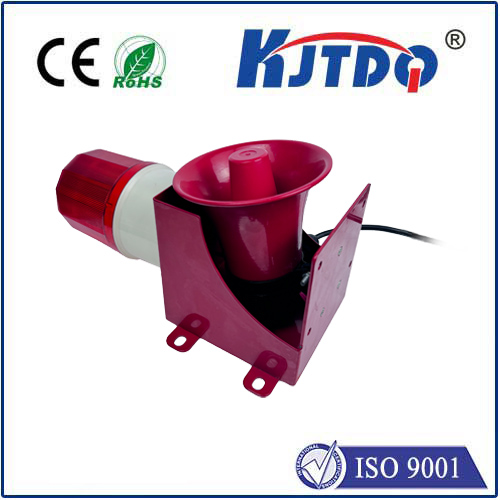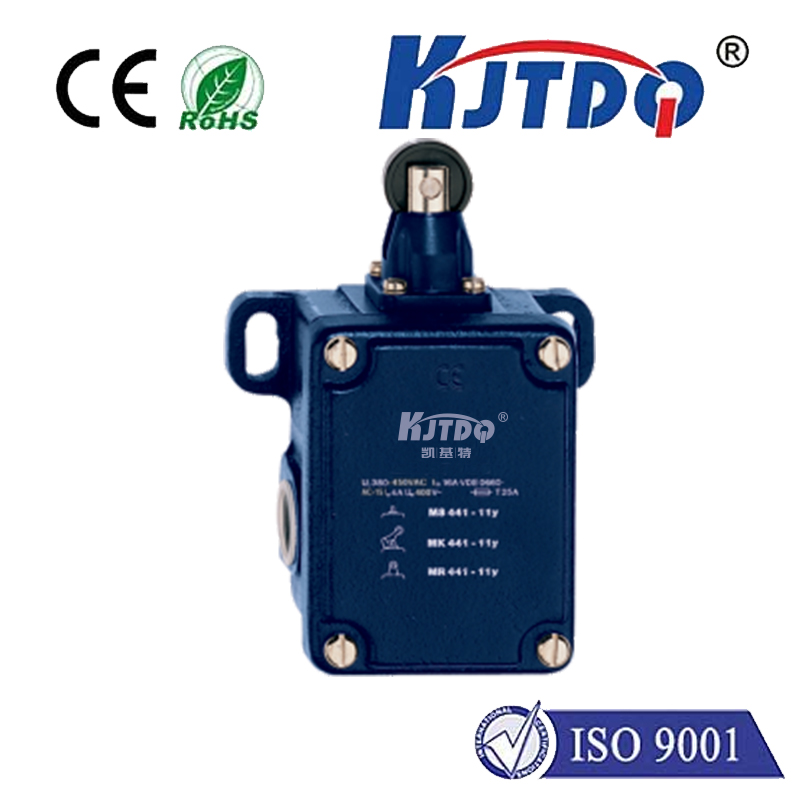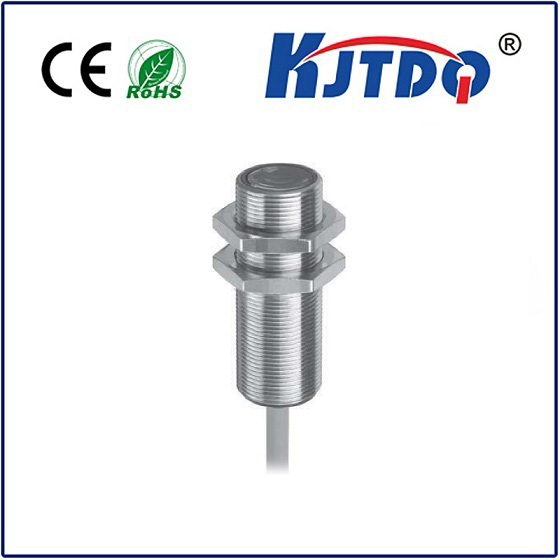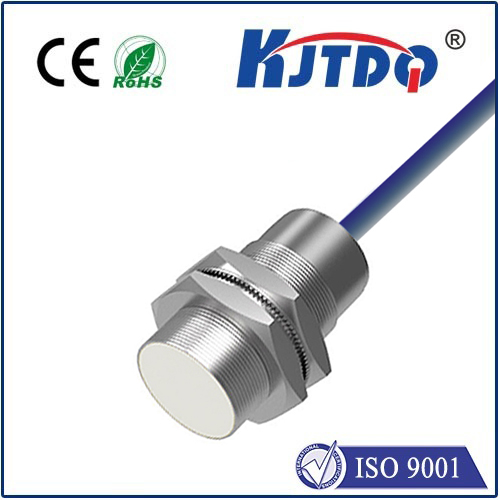
check

check

check

check
IoT proximity sensors, also known as wireless proximity sensors or RFID sensors, have become an essential component of our modern society. These small devices have revolutionized the way we interact with technology by providing seamless connectivity and real-time data collection. In this article, we will explore the impact of IoT proximity sensors on various aspects of our lives, from industry to daily convenience.
In the industrial sector, IoT proximity sensors have transformed the manufacturing process by enabling predictive maintenance, reducing downtime, and improving efficiency. By monitoring equipment performance in real-time, manufacturers can quickly identify potential issues and take proactive measures to prevent costly repairs or shutdowns. Additionally, these sensors can be used to track inventory levels and optimize production schedules, leading to increased profits and a more competitive edge in the market.
In the retail industry, IoT proximity sensors are being used to enhance the customer experience by providing personalized offers and promotions based on individual preferences. By tracking customer movements within a store, retailers can analyze data patterns and make tailored recommendations for products that may interest them. Furthermore, these sensors can be used to automate checkout processes, allowing customers to complete transactions quickly and efficiently without waiting in line.
In the field of transportation, IoT proximity sensors are helping to improve safety and efficiency on our roads and highways. By incorporating sensors into vehicles, companies can collect real-time data on vehicle speed, braking, and other critical factors. This information can be used to optimize driving routes, reduce fuel consumption, and prevent accidents caused by driver fatigue or distraction.
In our daily lives, IoT proximity sensors are playing an increasingly important role in enhancing convenience and comfort. For example, smart home systems use these sensors to automatically adjust lighting, temperature, and other settings based on our preferences. Similarly, wearable devices like fitness trackers can monitor our physical activities and provide valuable insights into our health and fitness goals.
In conclusion, the impact of IoT proximity sensors on modern society has been significant, transforming various industries and enhancing our daily lives. As technology continues to evolve, it is likely that we will see even more innovative applications for these small but powerful devices.
